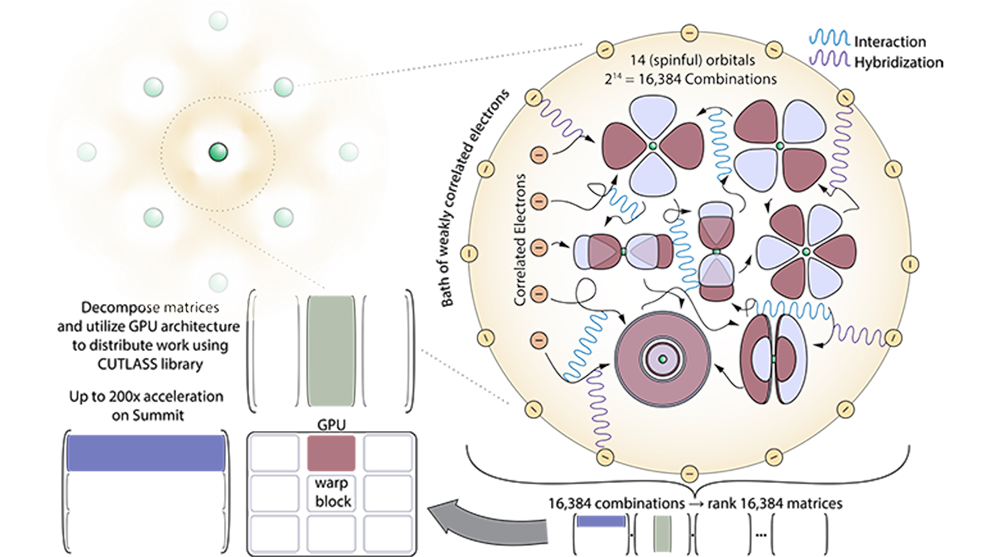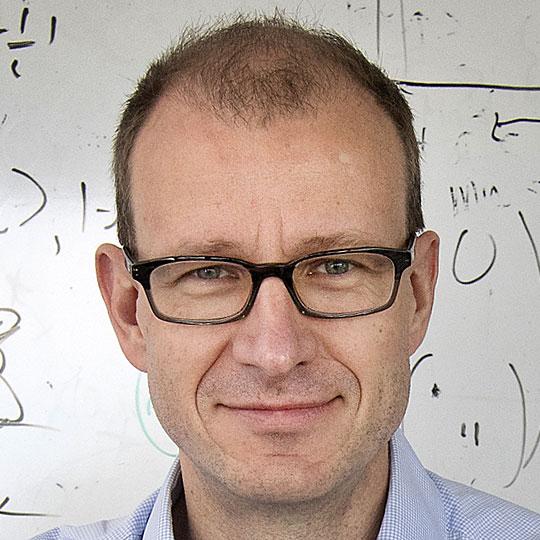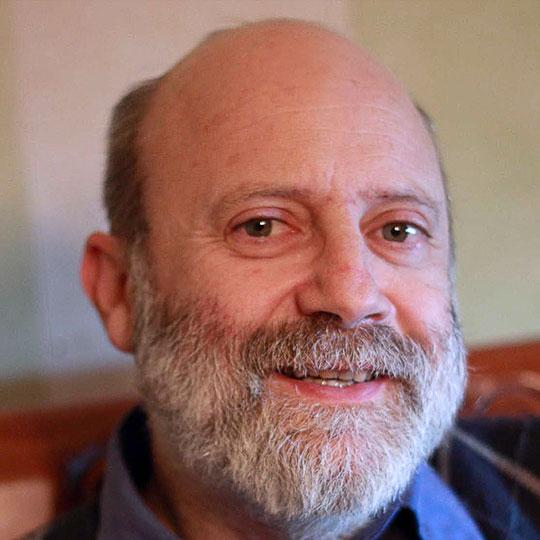Center for Computational Material Spectroscopy and Design
About the Comscope Center
The Comscope center develops Comsuite, a suite of codes which perform ab initio electronic structure and theoretical spectroscopy of strongly correlated materials using DFT and beyond-DFT theoretical frameworks. It combines two types of beyond-DFT methods. The first is focused on computing additional perturbative terms that describe non-local physics. These methods include Hartree-Fock, quasiparticle GW, and self-consistent GW. The second type of beyond-DFT method included in Comsuite applies non-perturbative techniques to the local physics of a subset of electrons around a particular atom. This second type includes the Gutzwiller approximation and dynamical mean field theory (DMFT). Combining the two types allows adjustment of both accuracy and speed, and thus can facilitate analysis and design of materials.
Comscope software is:
- Suitable for Mott insulators, Hund's metals, charge-transfer insulators, heavy fermion materials, and other classes of strongly correlated materials which defy description within density functional theory;
- Able to capture weak correlations in s and p shell materials like typical semiconductors, band insulators, and alkali metals;
- Applicable to transition metals, lanthanides, actinides, s and p shell materials;
- Appropriate for insulating, metallic, and semi-metallic systems;
- Parallelized with MPI. Moreover the quantum impurity solver has been ported to GPU’s and can make efficient use of the entire Summit supercomputer, with a 200x speedup.

An illustration of an accelerated DFT+DMFT simulation of plutonium. (Upper left) Plutonium at the level of density functional theory is concerned primarily with the electron density and therefore misses many details of the correlated electron structure. (Upper right) DMFT zooms in on the correlated f-electrons surrounding plutonium. It provides a description how these electrons interact with each other and hop into and out of the surrounding “bath” of weakly correlated electronic states. (Lower right) Solving the mathematical problem representing this description involves multiplying a large collection of large matrices. (Lower left) “Warp” blocks in GPUs execute the same instructions on a block of shared memory in order to multiply matrices quickly. ComCTQMC utilizes this capability and achieves up to 200x acceleration and petascale operation on Summit. See "Accelerated impurity solver for DMFT and its diagrammatic extensions", Computer Physics Communications, v. 267, p. 108075, 2021.
The Comsuite codes are:
LQSGW
LQSGW is an ab initio code that calculates electronic states, the spectral function, the self-energy, the polarizability, the susceptibility, and Hubbard U, all from first principles. It performs these calculations using DFT, Hartree-Fock, self-consistent GW, and self-consistent quasiparticle GW. The Hubbard U parameter is obtained using cRPA.
LQSGW makes extremely efficient use of memory and CPU resources, and therefore is able to calculate much more challenging materials, with much more sophisticated methods. It uses the space-time method and an LAPW basis set. LQSGW performs its calculations seamlessly in imaginary time and frequency, which gives robustness and stability to its calculation of strongly interacting systems and allows smooth integration with DMFT.
LQSGW is capable of performing self-consistent GW for materials with five atoms per unit cell.
ComCTQMC
ComCTQMC is a quantum Monte Carlo solver for the DMFT impurity problem, and is designed to be used by DMFT codes and cluster DMFT codes. It is currently the only open source CTQMC code which features GPU acceleration. It also implements the worm algorithm which allows unrestricted measurement of multi-particle and multi-time correlation functions.
CyGutz
CyGutz CyGUTZ is an efficient Gutzwiller solver which solves a generic tight-binding model with local interactions using the Gutzwiller approximation (the rotationally invariant slave-boson method). The Gutzwiller approximation is an alternative to DMFT. It calculates the ground state and electronic phases of strongly correlated materials at a fraction of the computational cost of DMFT. It is particularly useful for problems which are more computationally intensive, like lanthanides, actinides, many-band models, cluster problems, and zero-temperature physics. CyGUTZ works at zero temperature and can handle actinides and lanthanides without any strain on computational resources.
ComRISB
The ComRISB software package integrates LQSGW with CyGUTZ and with Wannier90, allowing CyGUTZ to compute strongly correlated physics and LQSGW to calculate weakly correlated physics. ComRISB can perform both self-consistent DFT+Gutzwiller and one-shot qsGW+Gutzwiller calculations. ComRISB provides a much faster method for investigating the ground state of correlated materials than methods using DMFT.
ComDMFT
The ComDMFT software package integrates LQSGW (which is an ab initio code incorporating all atomic and chemical physics, and which captures long-distance physics) with ComCTQMC which computes strongly correlated physics localized on individual atoms. It uses the Wannier90 software package to determine the distinction between strongly correlated basis states and weakly correlated basis states. ComDMFT is capable of running in a quasiparticle GW+DMFT mode where Hubbard U is computed ab initio. This calculational mode can be understood as being fully ab initio without adjustable parameters. ComDMFT can also run in a DFT+DMFT mode where Hubbard U is determined by the user.
ComRISB is included in ComDMFT; it is available both in ComDMFT and as a standalone package.
EDRIXS
EDRIXS is an open source toolkit for simulating XAS [X-ray Absorption Spectroscopy] spectra and RIXS [Resonant Inelastic X-ray Scattering] spectra based on exact diagonalization of model Hamiltonians.
Institutions and Support
Comscope is currently supported by the United States' Department of Energy's Basic Energy Sciences program. Its lead institution is Brookhaven National Laboratory. Rutgers University, Ames Laboratory, and the Korean Institute of Advanced Studies are also involved with the Comscope effort.














